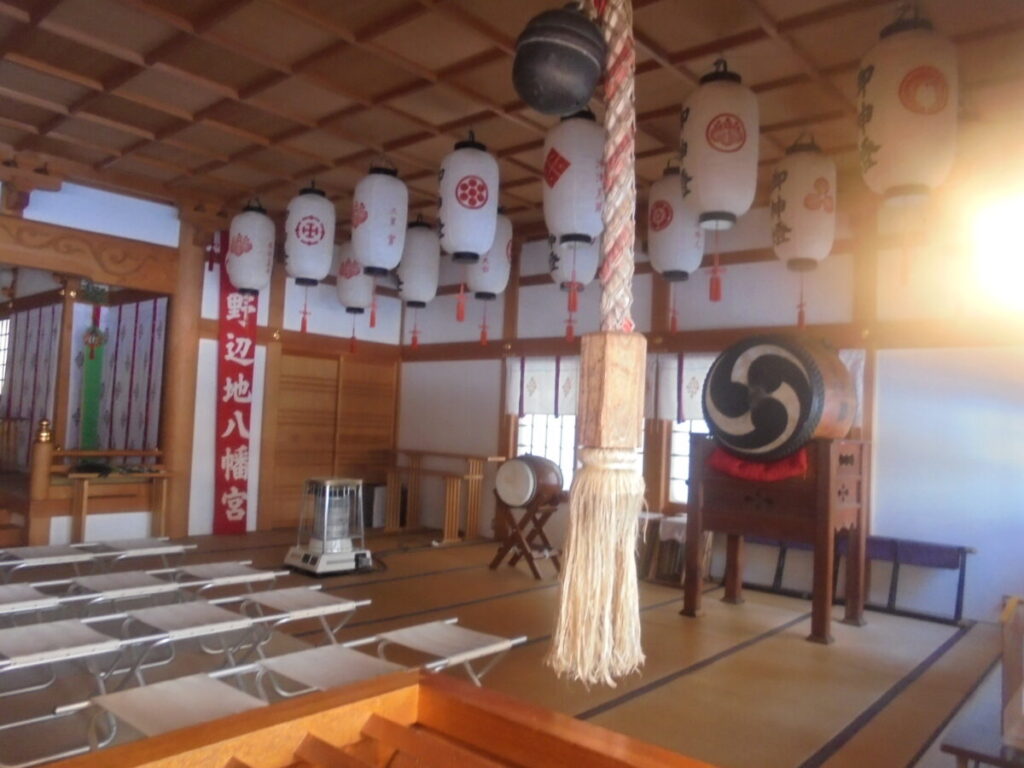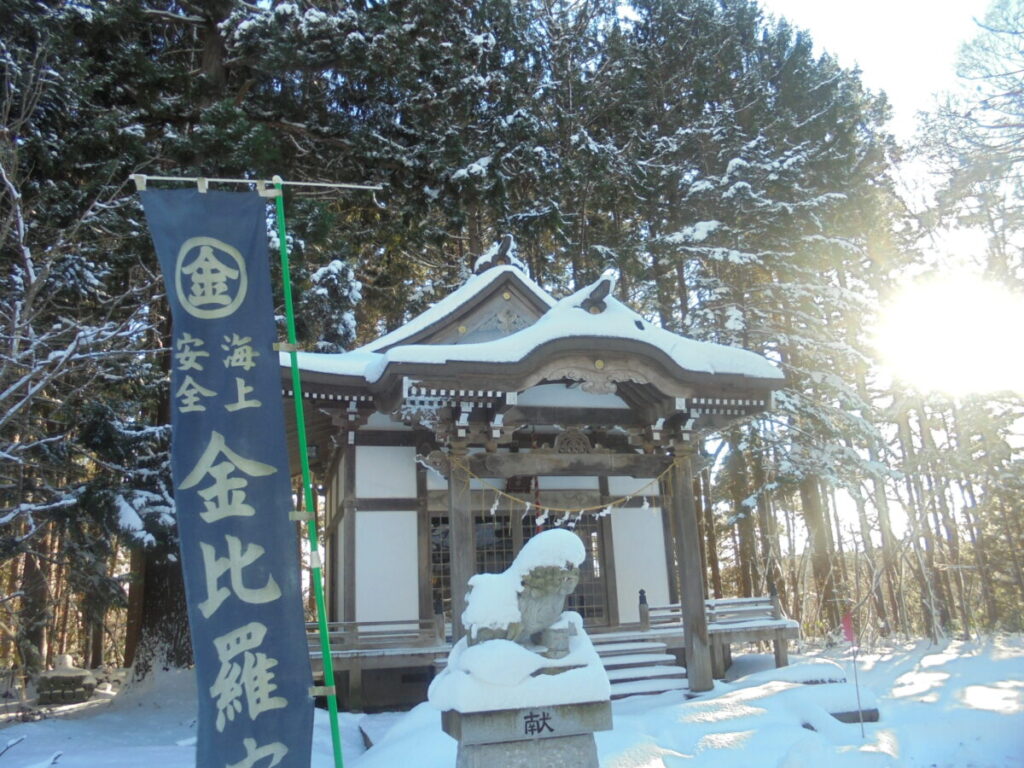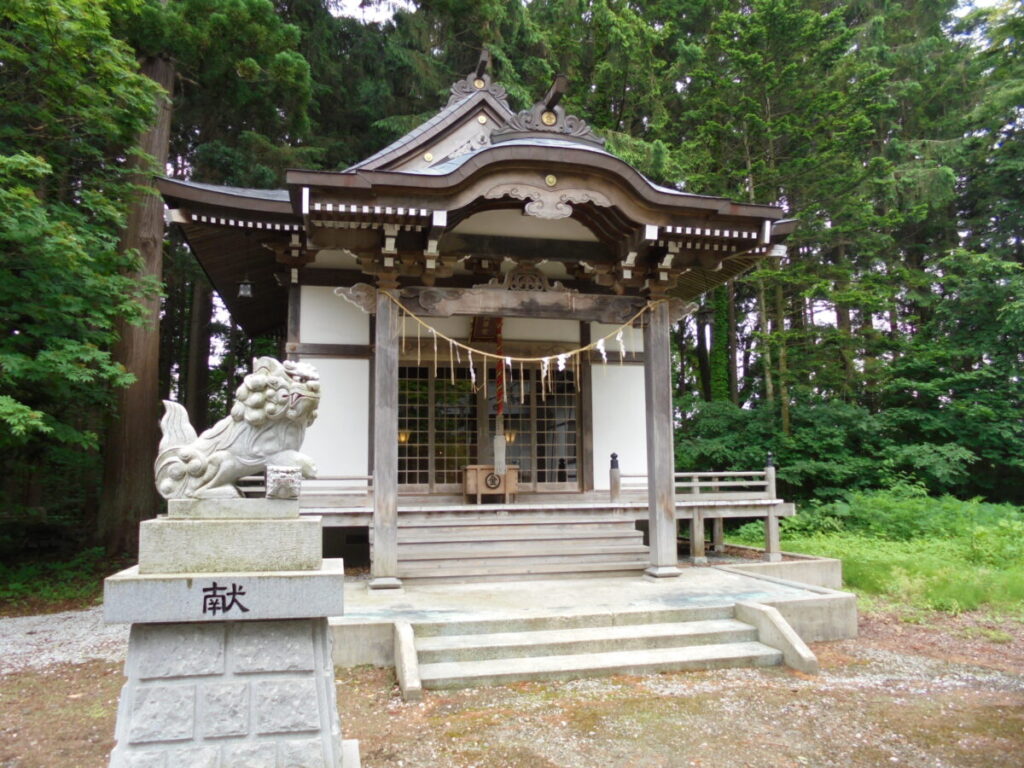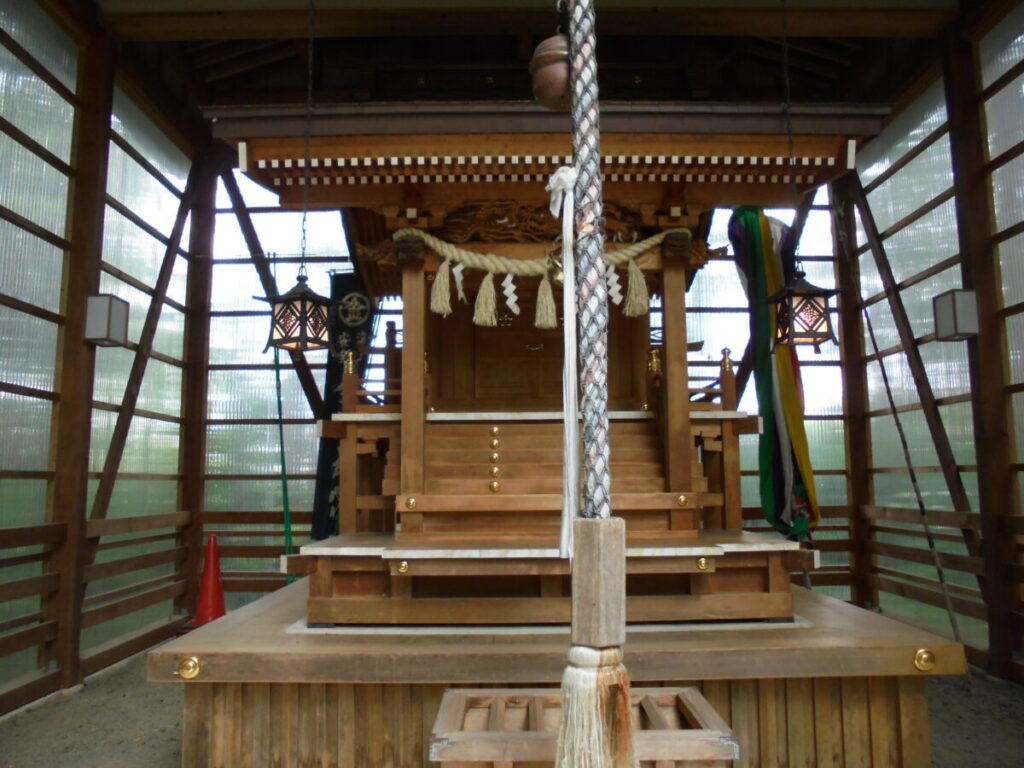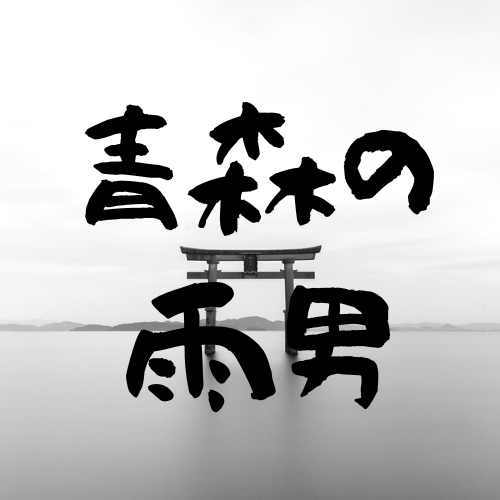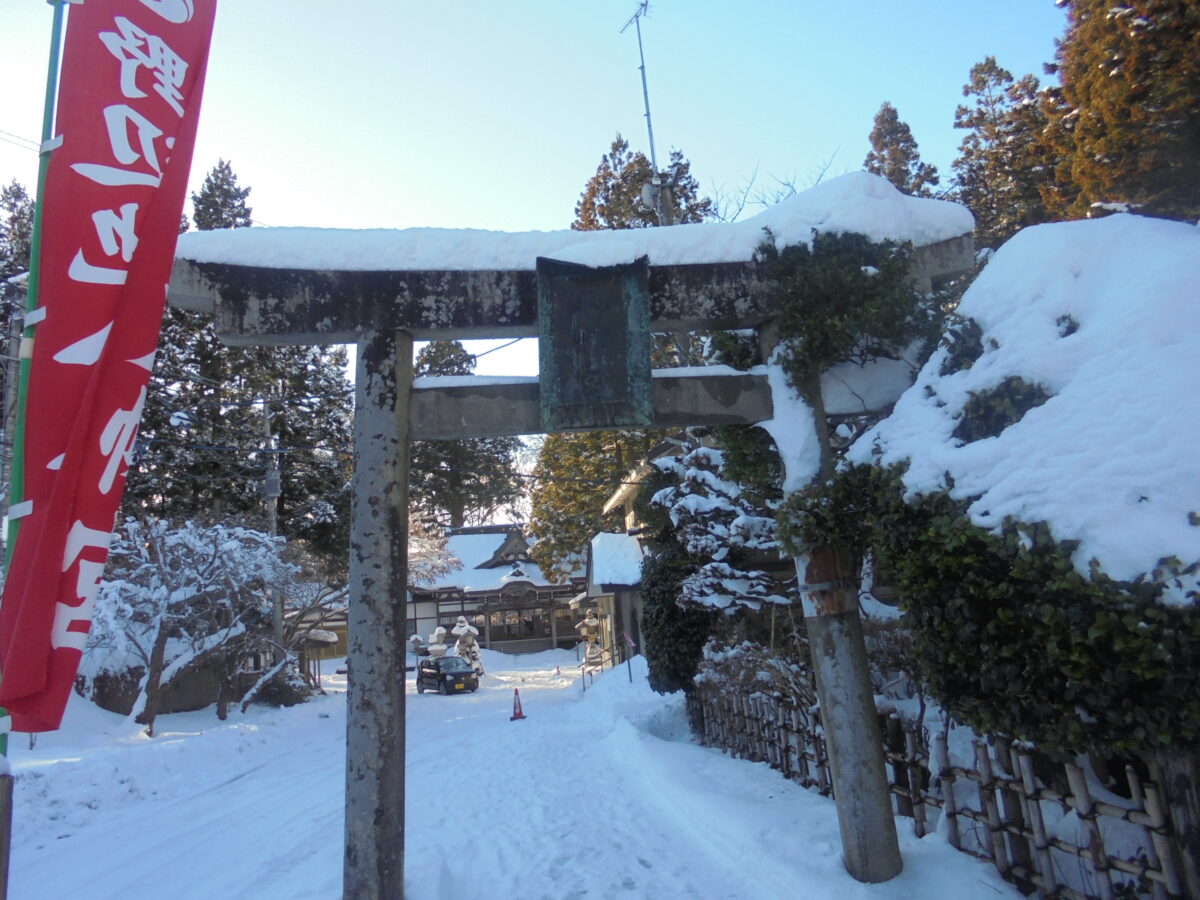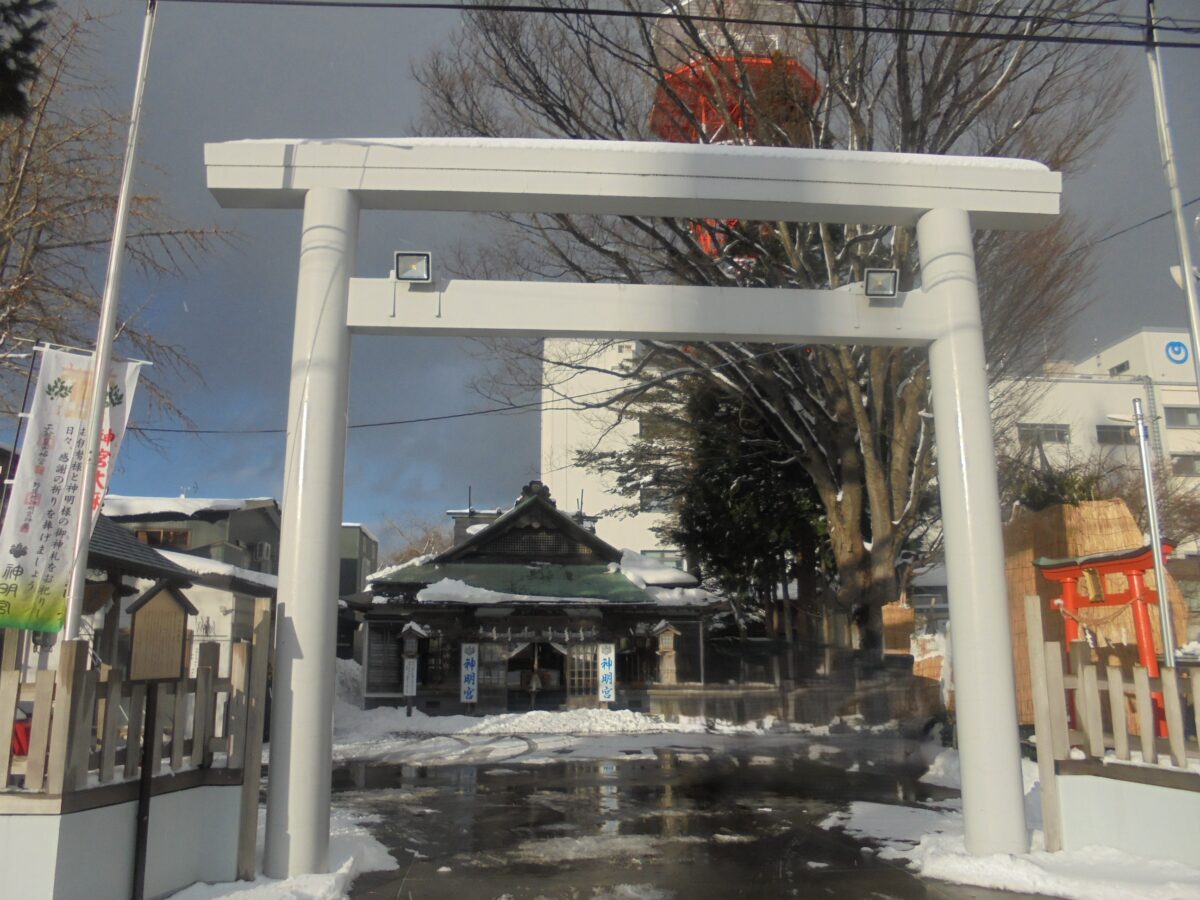Noheji Hachimangu Shrine
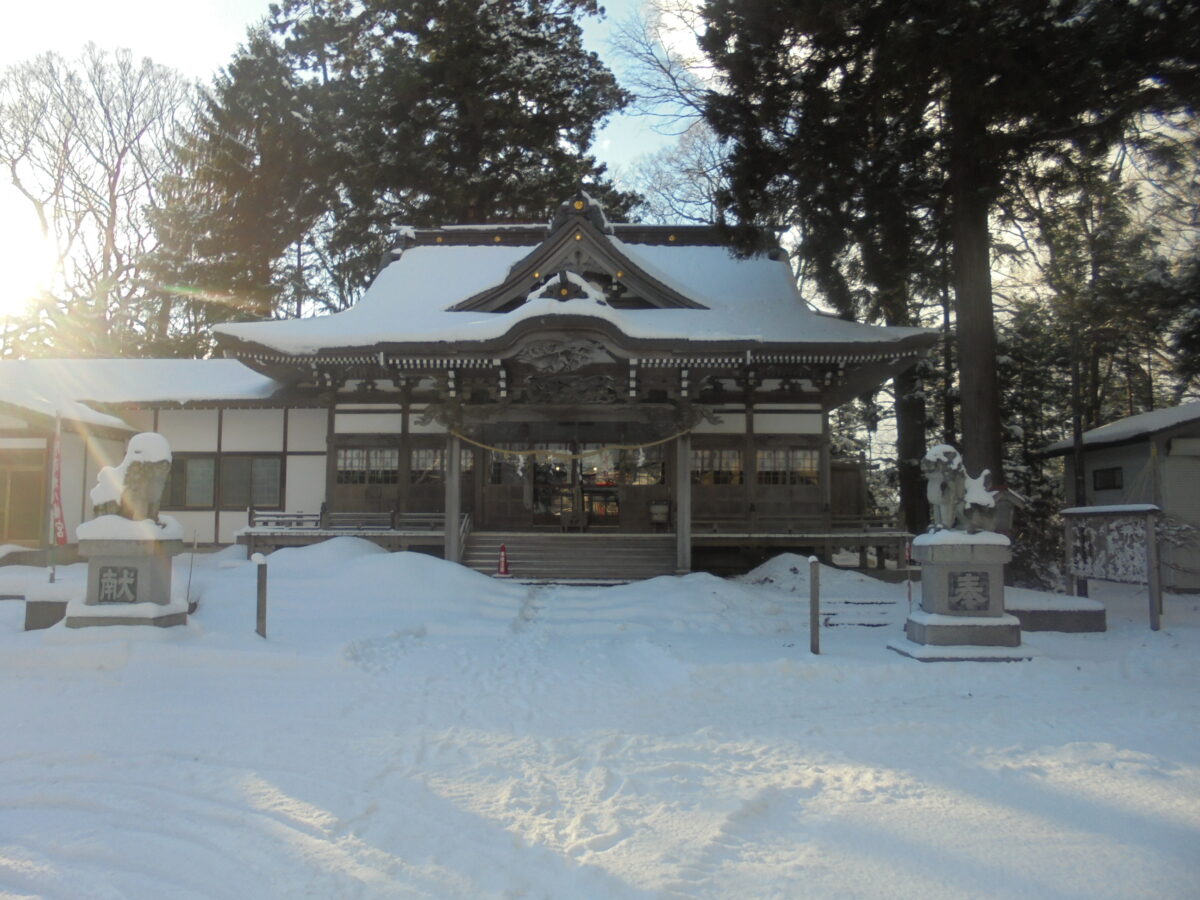

Basic Information
Shrine Name: : Nobeji Hachimangu
Pronunciation : Noheji Hachimangu
Address : 12 Sasadate, Noheji Town, Kamikita District, Aomori Prefecture, 039-3163, Japan
Former Shrine Rank :Gōsha (a regional shrine rank)
Goshuin : Available
Year Founded : Keichō 3 (1598)
Additional Info : The main hall (honden) is designated as a cultural property of Aomori Prefecture.
History
The origins of Nobeji Hachimangu Shrine trace back to Keichō 3 (1598) when it was first established.
In the mid-Edo period, the main hall (honden) was reconstructed in Shōtoku 4 (1714) with the approval of Nambu Toshimoto, the 6th lord of the Morioka Domain. Later, the worship hall (haiden) was rebuilt in Tenpō 14 (1843).
The current honden, dating back to its Shōtoku 4 reconstruction, stands as a rare and valuable example of mid-Edo period shrine architecture. It has been designated a Prefectural Tangible Cultural Property of Aomori. The haiden was rebuilt in Heisei 4 (1992).
Since its foundation, the shrine has served as the guardian deity of Noheji, garnering deep and widespread reverence.
Goshuin (Shrine Seal)
Availability: Yes
Where to Obtain: Goshuin can be received at the shrine office, located along the approach to the shrine (inside a residential building).
Fee: A hatsuhoryō (offering) of 300 yen is required.
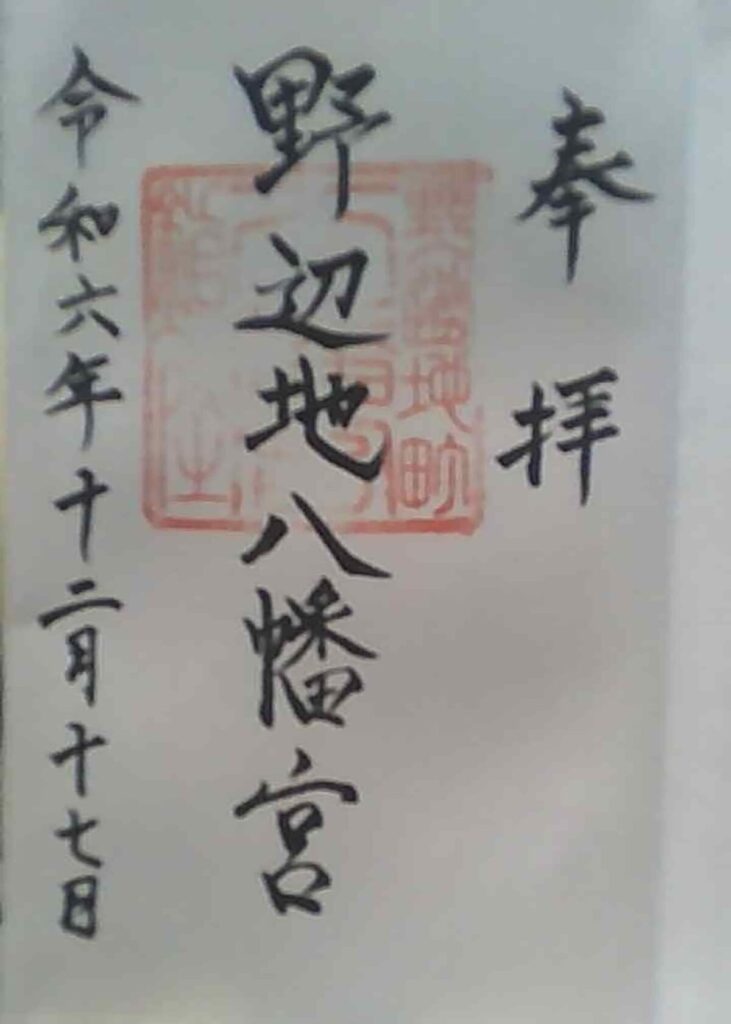
Festival (Reisai)
Date: September 15th – Reisai (Annual Festival)
Deity (Gosai-shin)
【Hodama no Mikoto (誉田別命)】
Hodama no Mikoto is the deity enshrined at Nobeji Hachimangu Shrine. He is also known as Hachiman, the god of war and protector of Japan.
《Benefits (御利益)》
・ National Protection (国家鎮護)
・ Prosperity in Industry and Commerce (殖産産業)
・ Family Success and Growth (家運隆昌)
・ Victory and Achievement (成功勝利)
・ Education (教育)
・ Safe Travel (交通安全)
・ Protection from Disease and Calamities (悪病災難除け)
・ Prosperity of Descendants (子孫繁栄)
・ Averting Misfortune (厄除け)
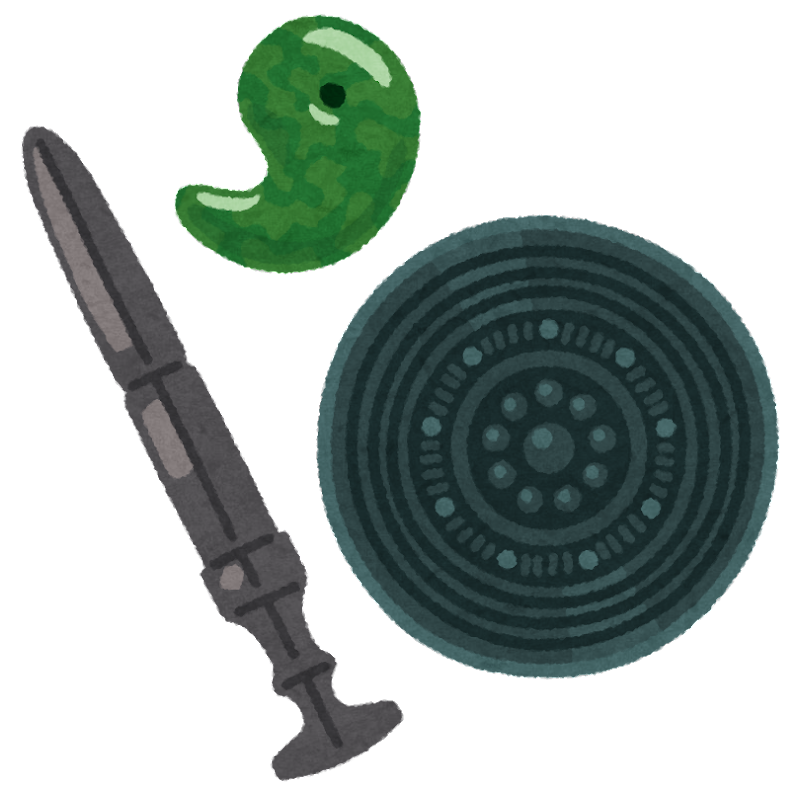
【Ōmononushi no Mikoto (大物主命)】
Ōmononushi no Mikoto is another significant deity worshiped at certain Hachiman shrines, including Nobeji Hachimangu.
・ Role in Japanese Mythology: In Japan, Ōmononushi is associated with the Sea God (海神) and the Dragon God (龍神). He is revered as a protector of sailors and seafarers.
・ Protector of Maritime Affairs: As a deity connected to the sea, Ōmononushi is considered a guardian against maritime disasters and a rain god (to bring rain for agricultural needs). He is also a deity who blesses the land with abundant harvests.
《Benefits (御利益)》
・ Protection for Agriculture (農業守護)
・ Prosperity in Business (商売繁盛)
・ Increase in Wealth (金運上昇)
・ Safe Voyages (航海安全)
・ Protection from Maritime Disasters (海難除け)
・ Prayers for a Good Catch (大漁祈願)
・ Safety in Travel (交通安全)

【Sugawara no Michizane (菅原道真公)】
・ God of Learning: Sugawara no Michizane is widely regarded as the god of learning, and is often invoked by students, scholars, and those pursuing intellectual endeavors.
・ Tenman Tenjin: He is also known as Tenman Tenjin, a title given to him as the protector of scholars and students.
・ A Prominent Historical Figure: Michizane was an outstanding politician, scholar, and cultural figure during the Heian period. He held a high rank in the imperial court before his tragic fall from grace, after which he was deified due to his posthumous veneration for his intellectual contributions.
《Benefits (御利益)》
・ Success in Exams (受験合格)
・ Poetry, Literature, and Writing (詩歌、文筆)
・ Performing Arts (芸能)
・ Advancement in Learning (学問上達)
・ Protection for Agriculture (農業守護)
・ Healing of Illnesses (病気平癒)
・ Blessing for Children and Safe Childbirth (子宝・安産)

Tori (鳥居)
The Torii Gate is a traditional Japanese gate found at the entrance to Shinto shrines, symbolizing the boundary between the mundane world and the sacred space. It marks the entrance to a realm of spirituality and purification. Visitors pass through the Torii as they approach the shrine, leaving behind the secular world.
《Important Note on Etiquette》
It is not appropriate to hang or lean on the Torii Gate. The Torii is a sacred symbol that marks the entrance to a Shinto shrine, and it is considered disrespectful to treat it casually or as something to be touched or climbed. Visitors should approach with reverence and respect for the sacred space.
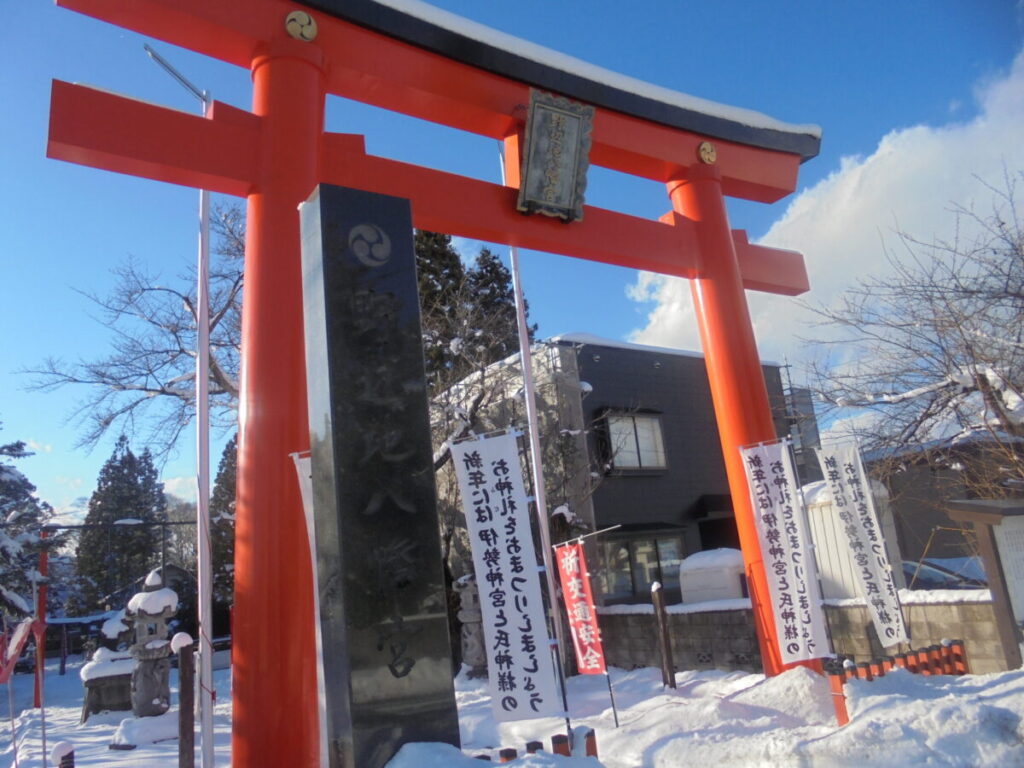
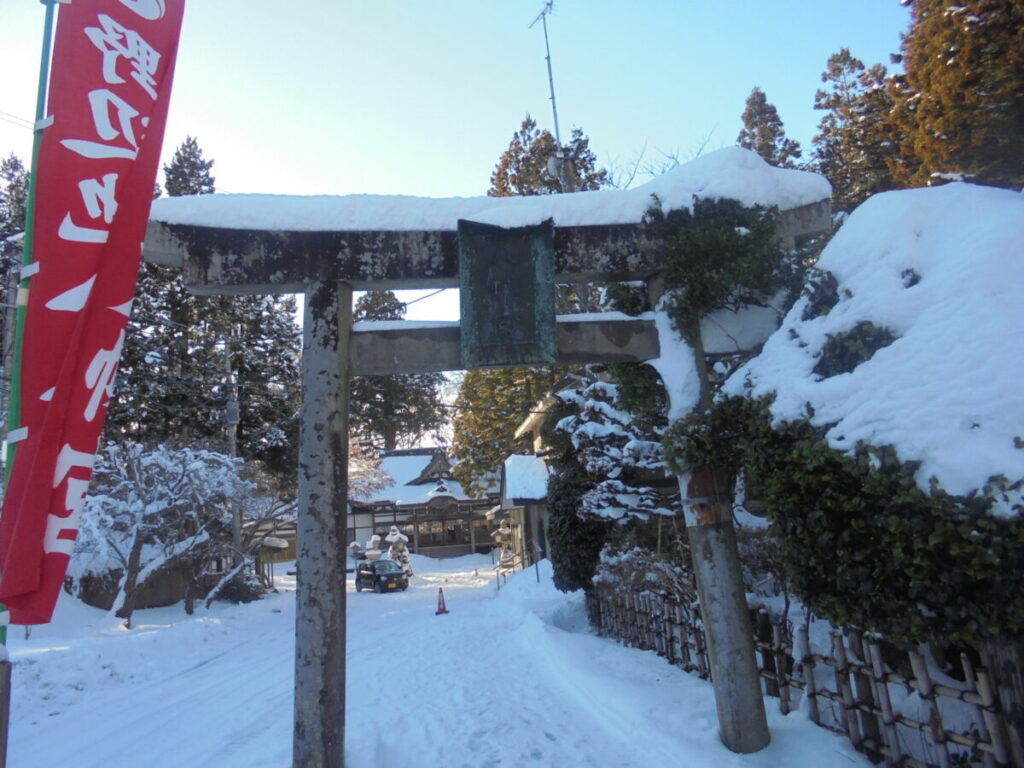
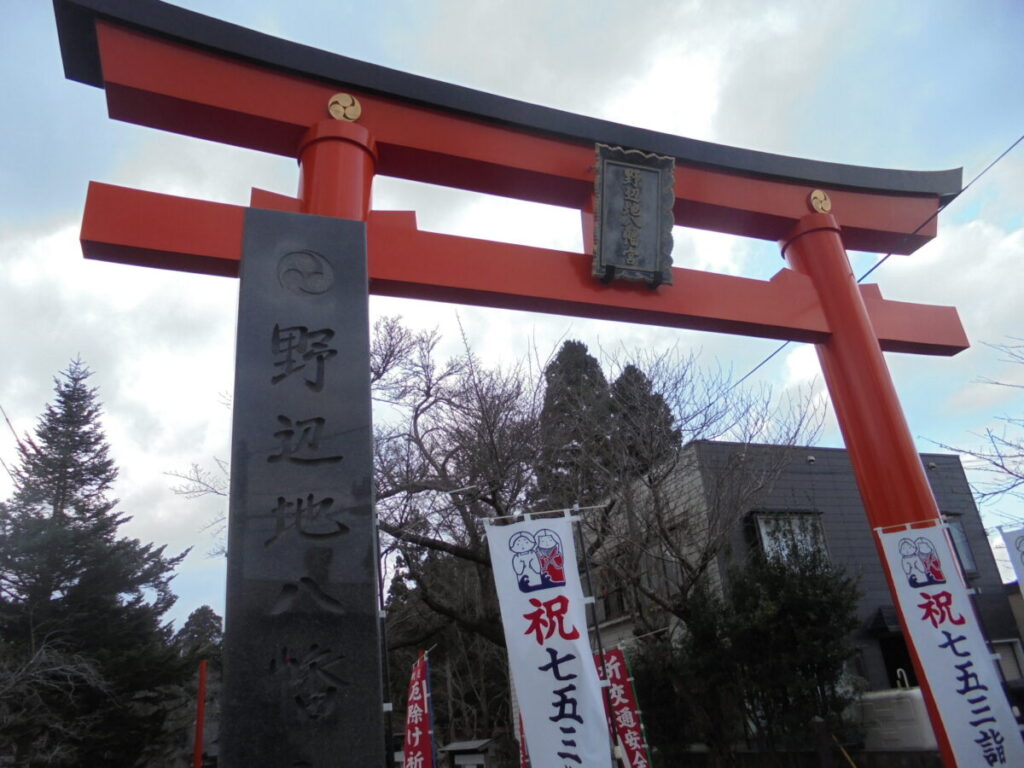
San-dō (参道)
The San-dō, or sacred path, is the pathway that leads from the Torii gate to the shrine building. It is considered a space of spiritual transition, where visitors mentally prepare for their approach to the sacred grounds. The path is usually lined with trees or stones and leads to the main shrine structures.
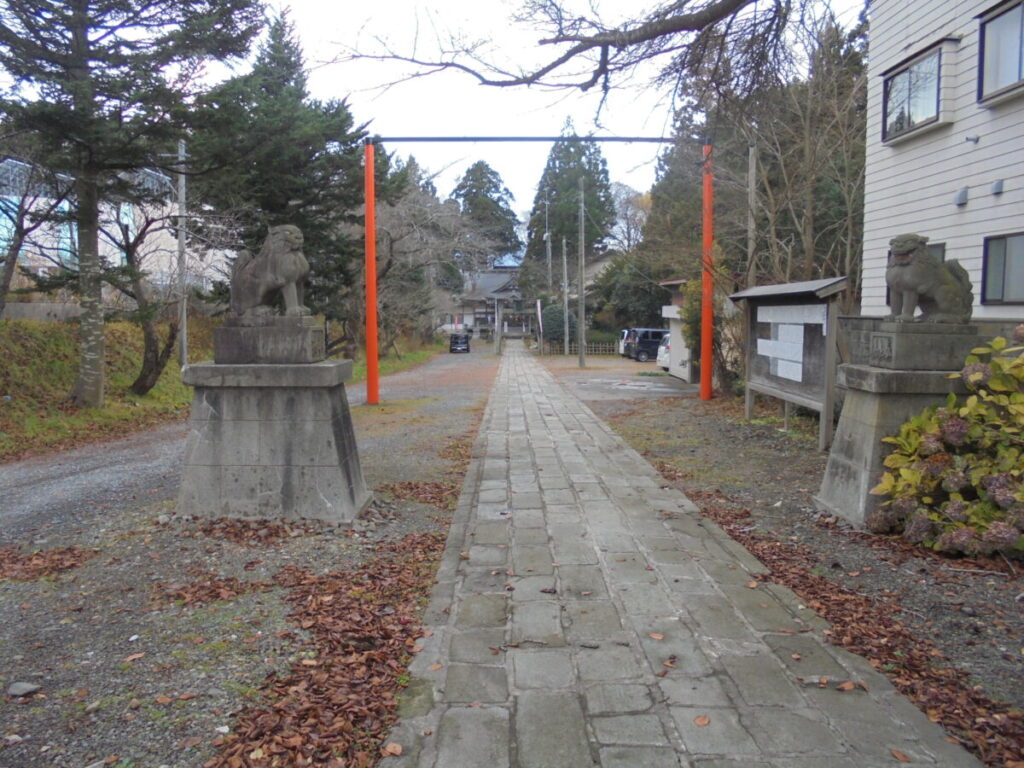
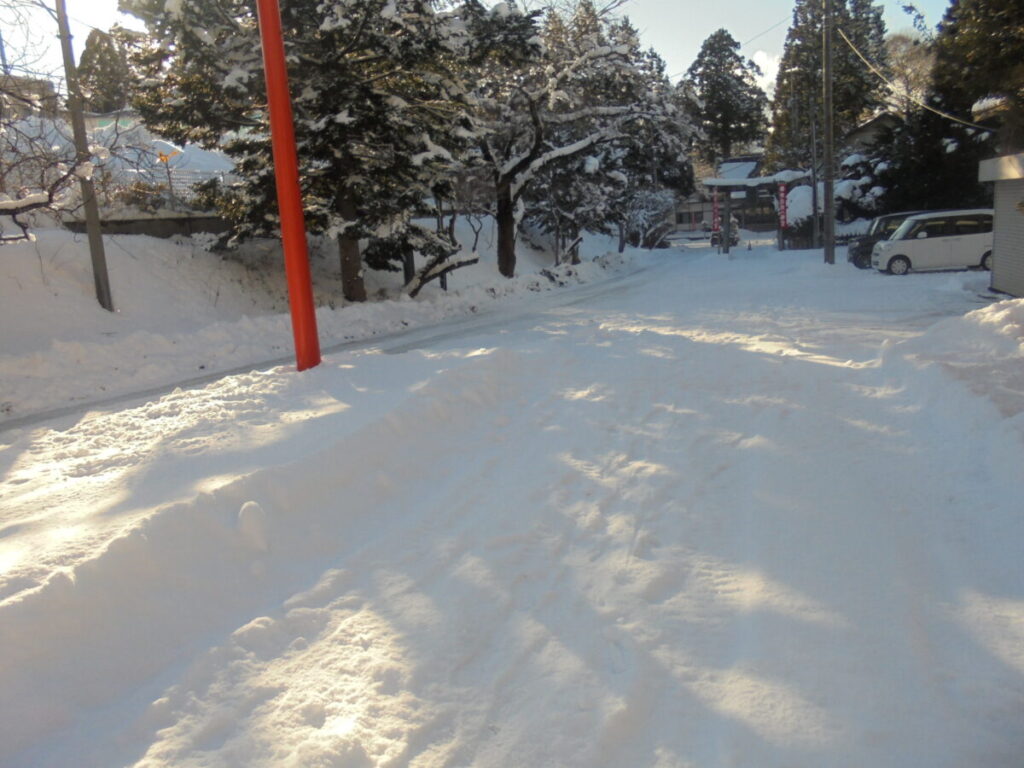
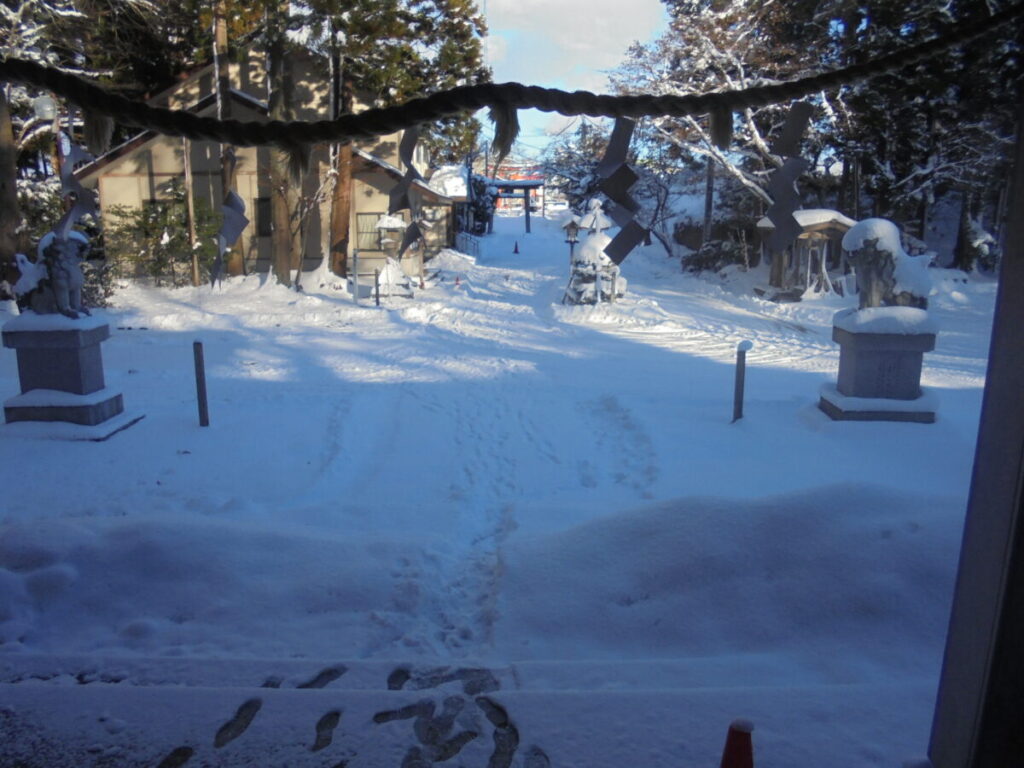
Komainu (狛犬)
Komainu are traditional guardian lion-dogs often found flanking the entrance of Shinto shrines. They are believed to ward off evil spirits and protect the shrine. One of the pair typically has its mouth open (to ward off evil) and the other closed (to keep good spirits in). Komainu are often regarded as both protectors and spiritual symbols.
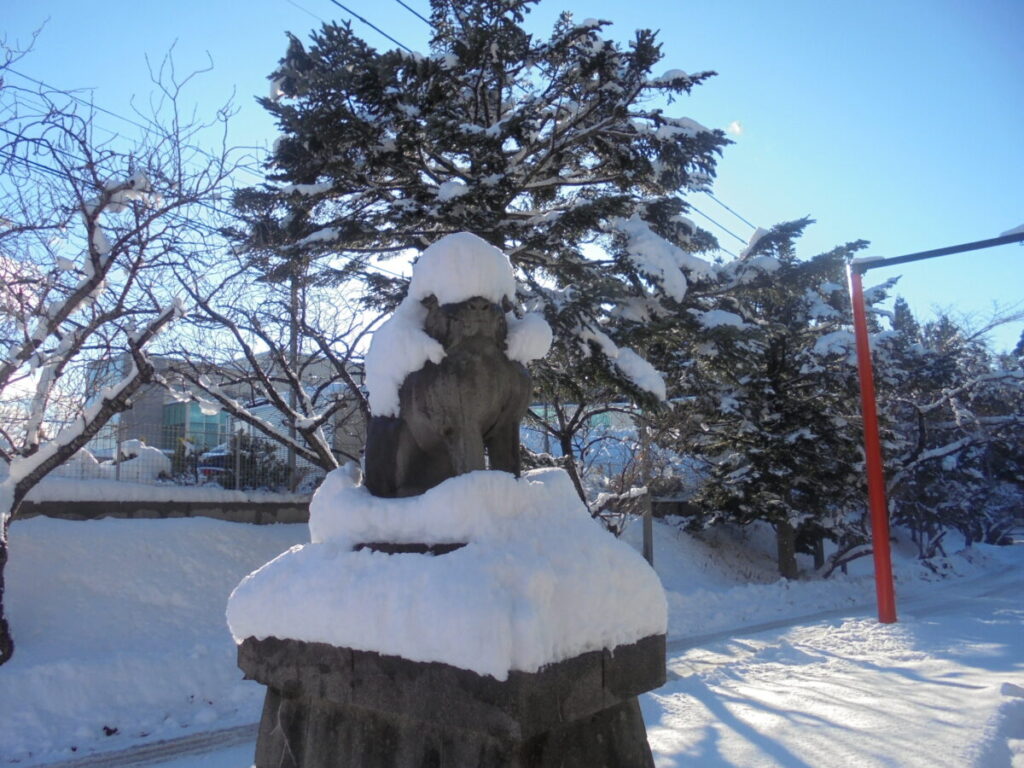
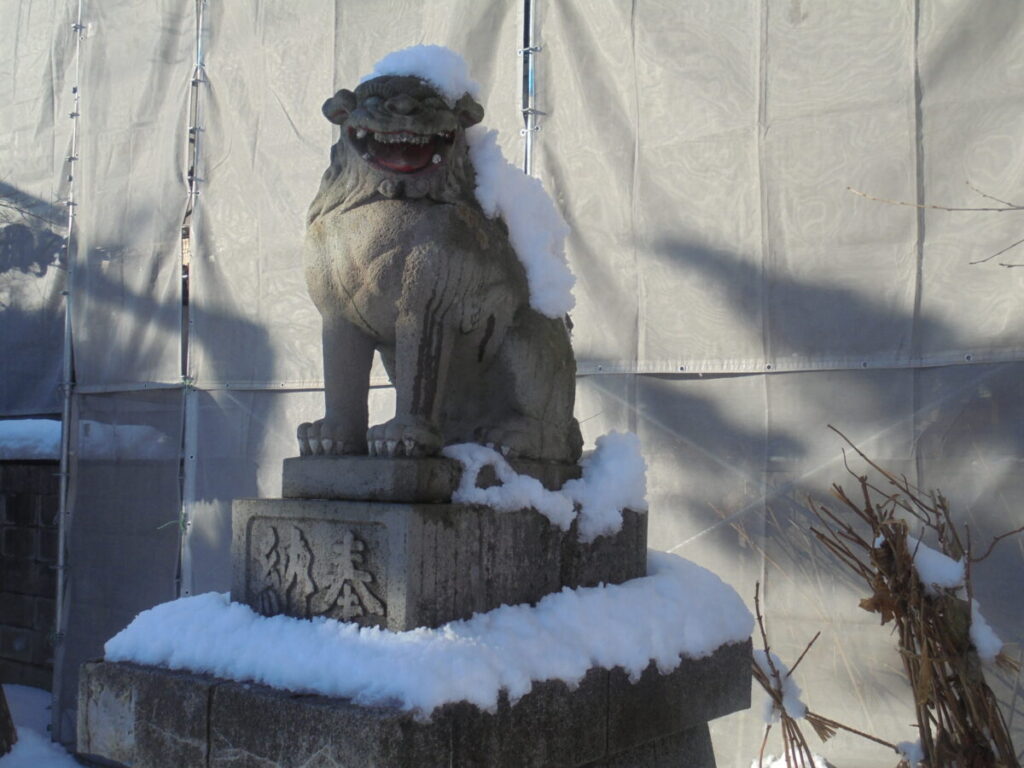
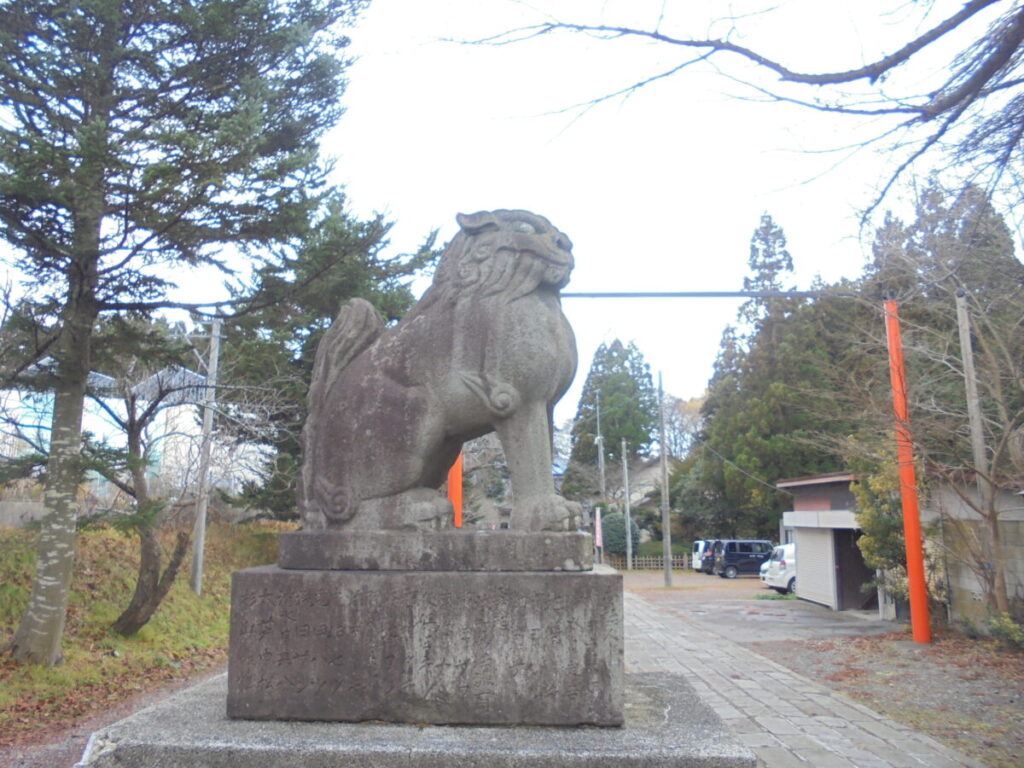
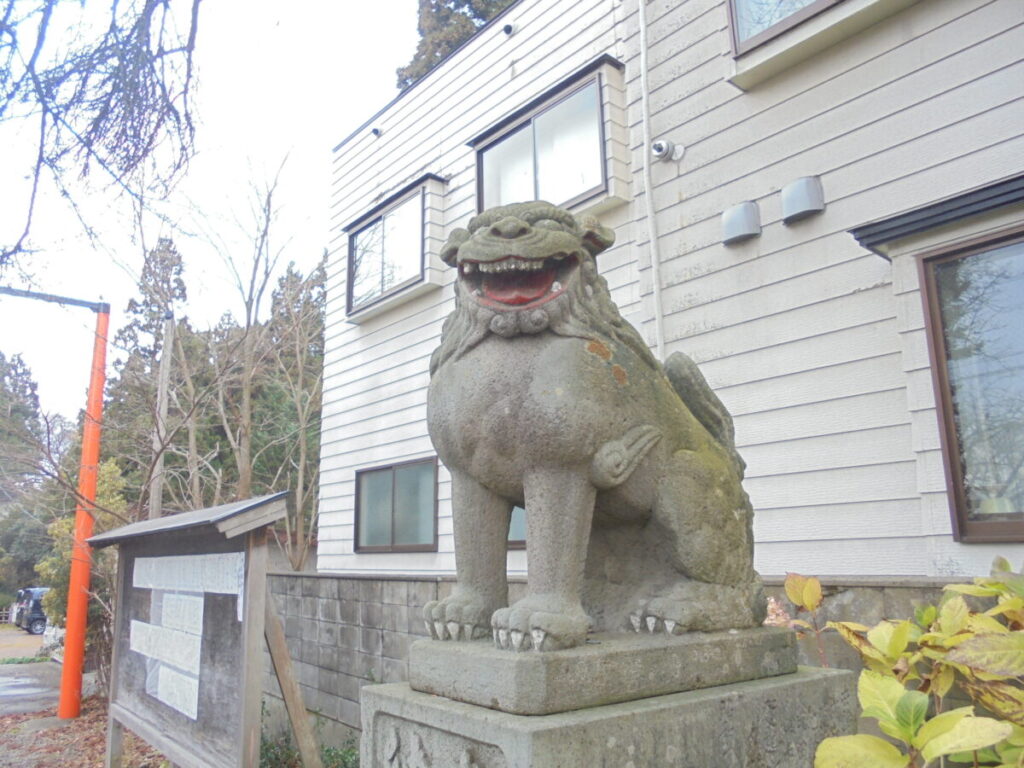
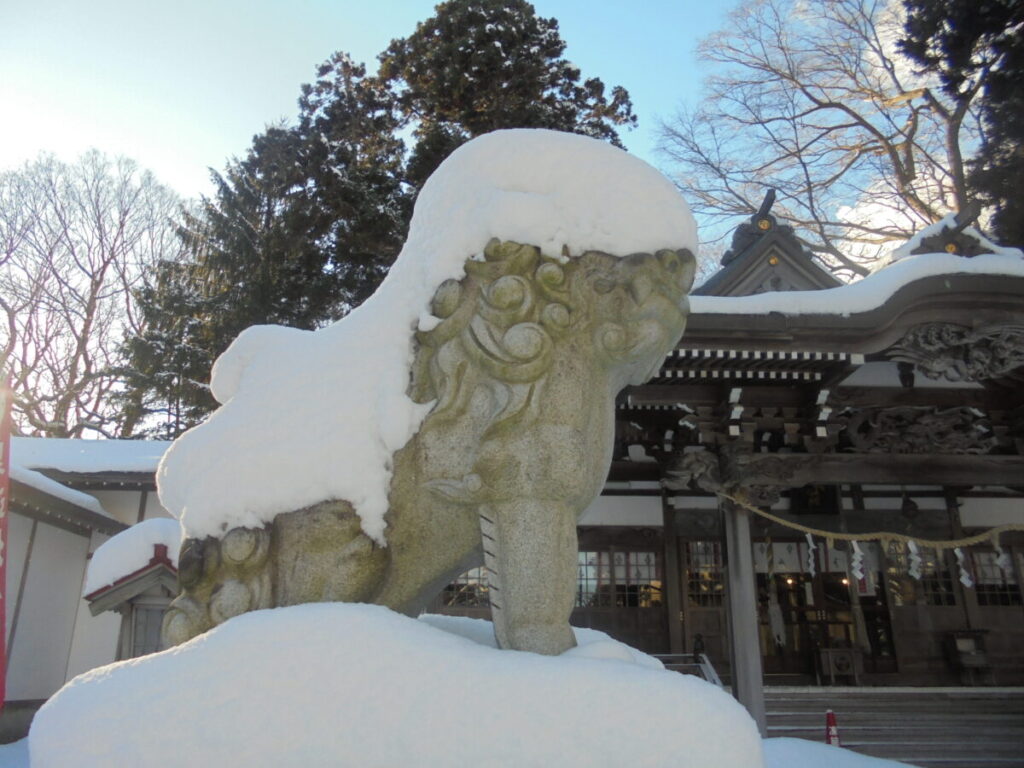
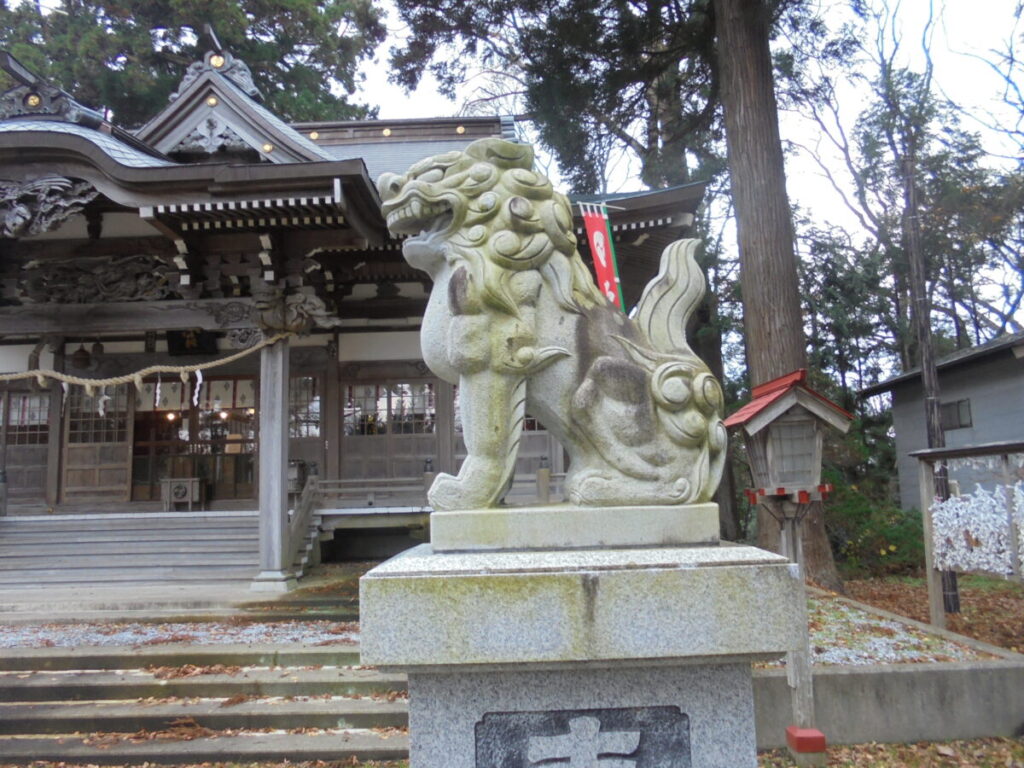
Chōzuya (手水舎)
The Chōzuya, or temizuya, is the purification area found near the entrance of many Shinto shrines. Before entering the sacred space, visitors are expected to cleanse themselves symbolically as a sign of respect and spiritual preparation.
《How to Use》
Cleanse the Ladle: After use, the ladle should be cleaned by pouring the remaining water down the handle to cleanse it before placing it back.
Take the Ladle: Visitors use a ladle (often made of bamboo) to scoop water from the basin.
Rinse Hands: First, cleanse the left hand, then the right hand.
Rinse the Mouth: After washing the hands, rinse the mouth by cupping a small amount of water in the ladle and gently rinsing the mouth (spitting the water to the side, not back into the basin).
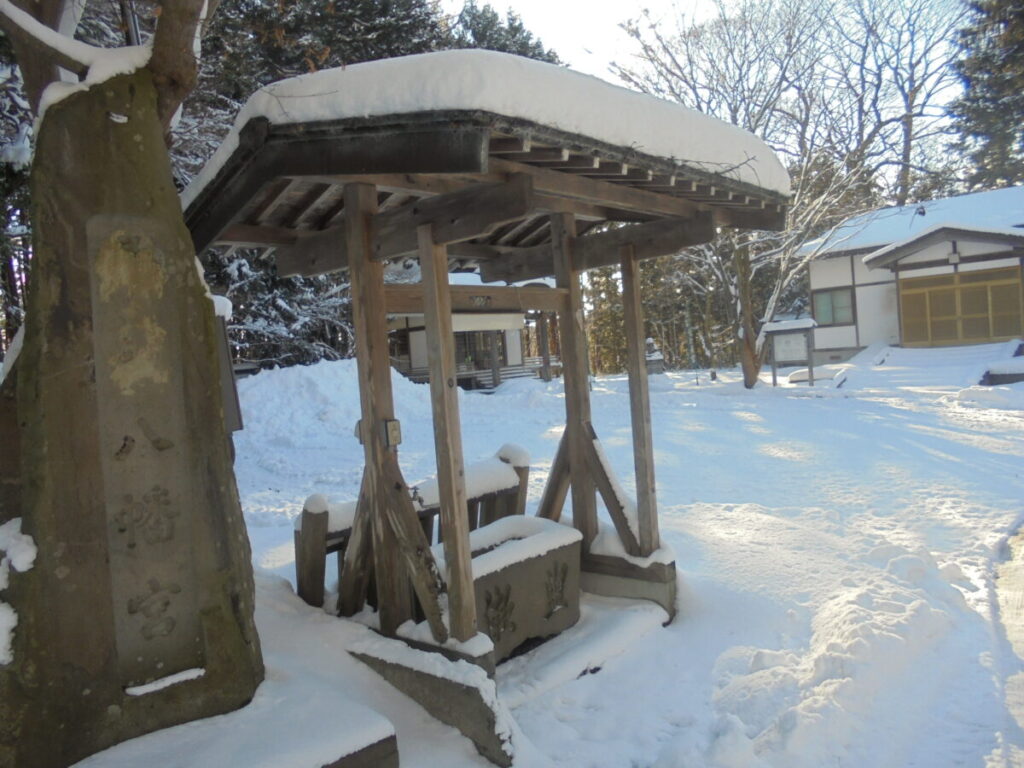
Go-shaden (御社殿)
The Go-shaden is the main hall of the shrine where the deity is enshrined. This is where rituals and offerings are made, and it is considered the most sacred space of the shrine. The architecture of the Go-shaden reflects the style of the period and the local traditions, offering a glimpse into the spiritual and cultural heritage of the shrine.
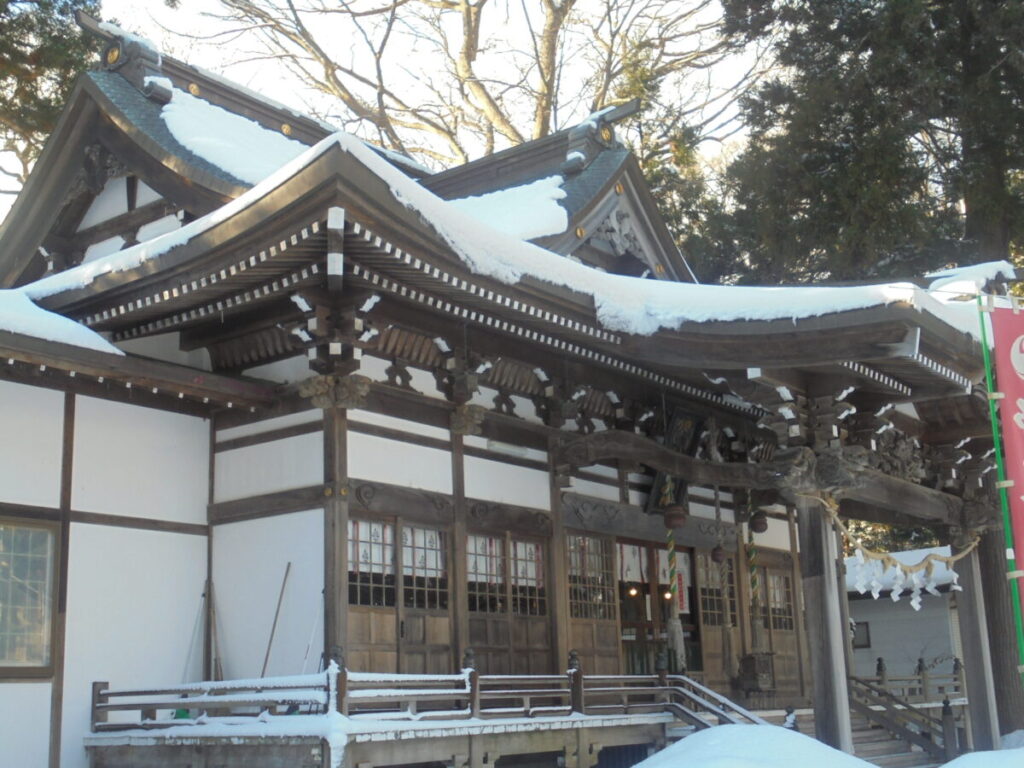
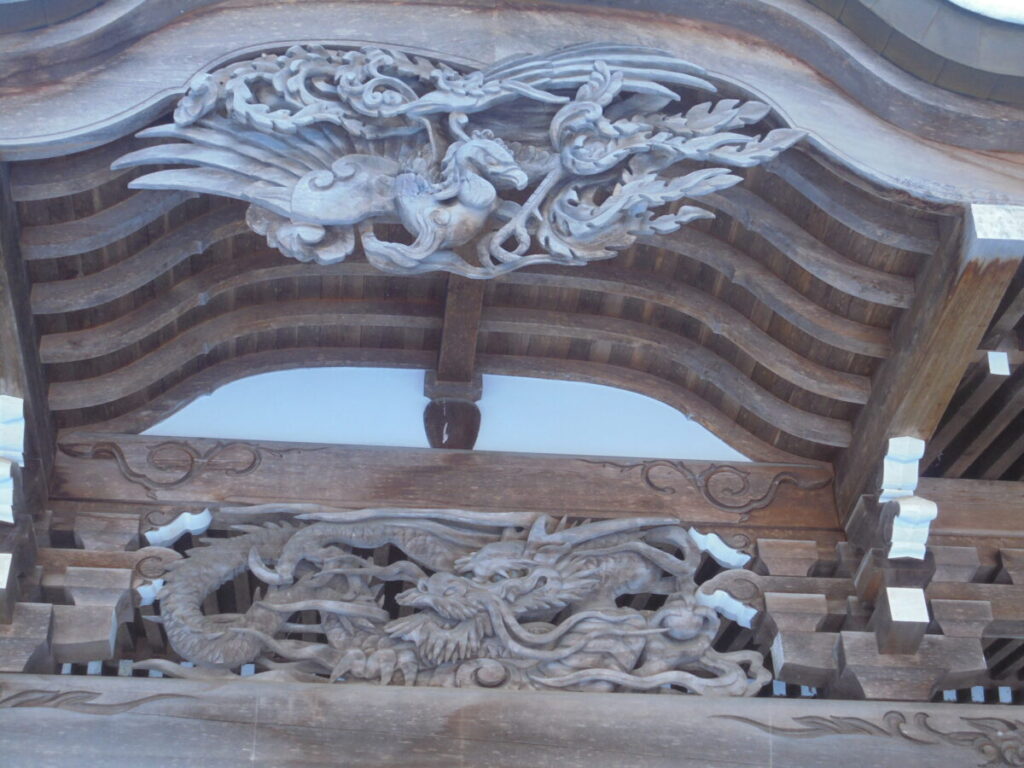
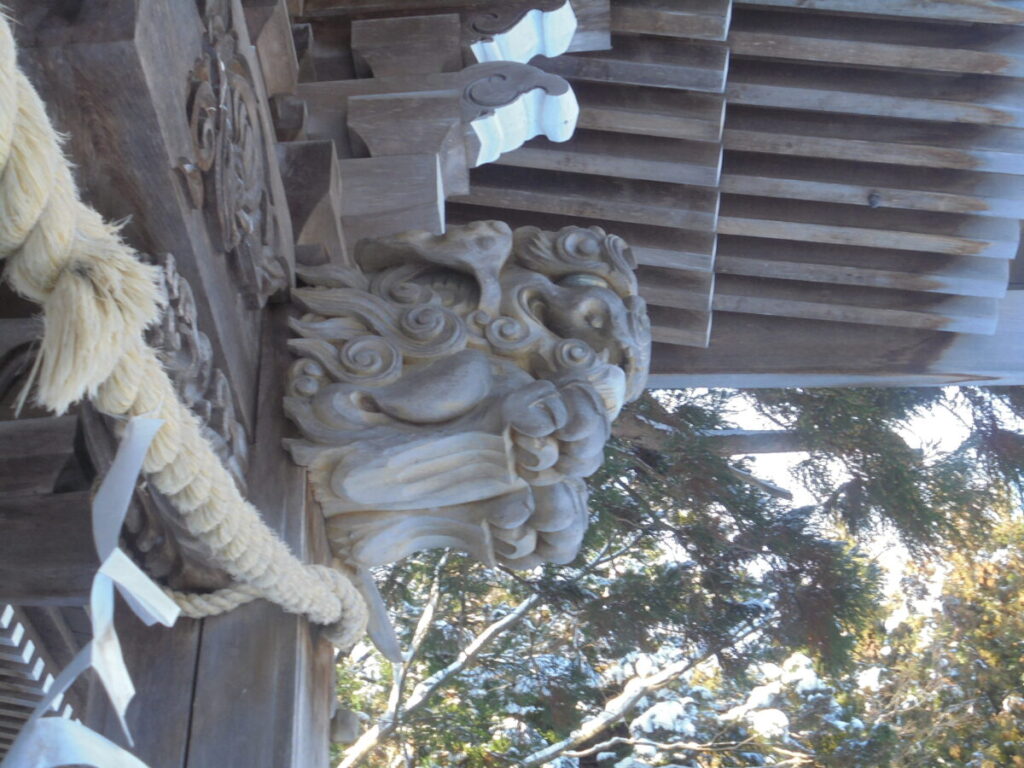
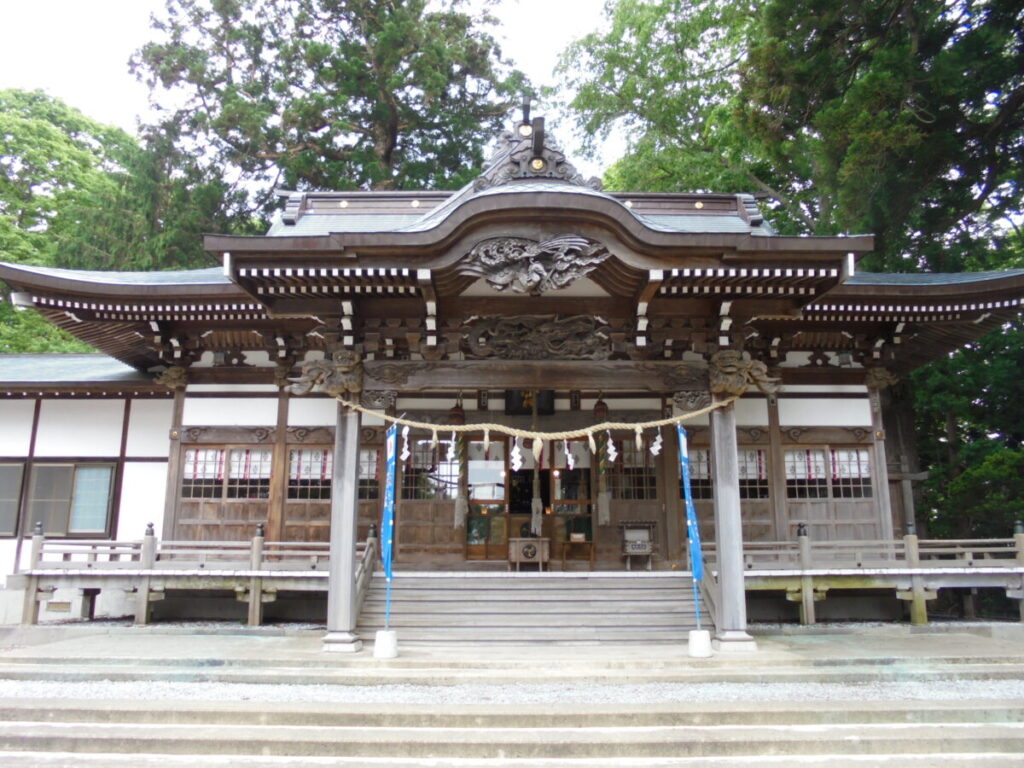
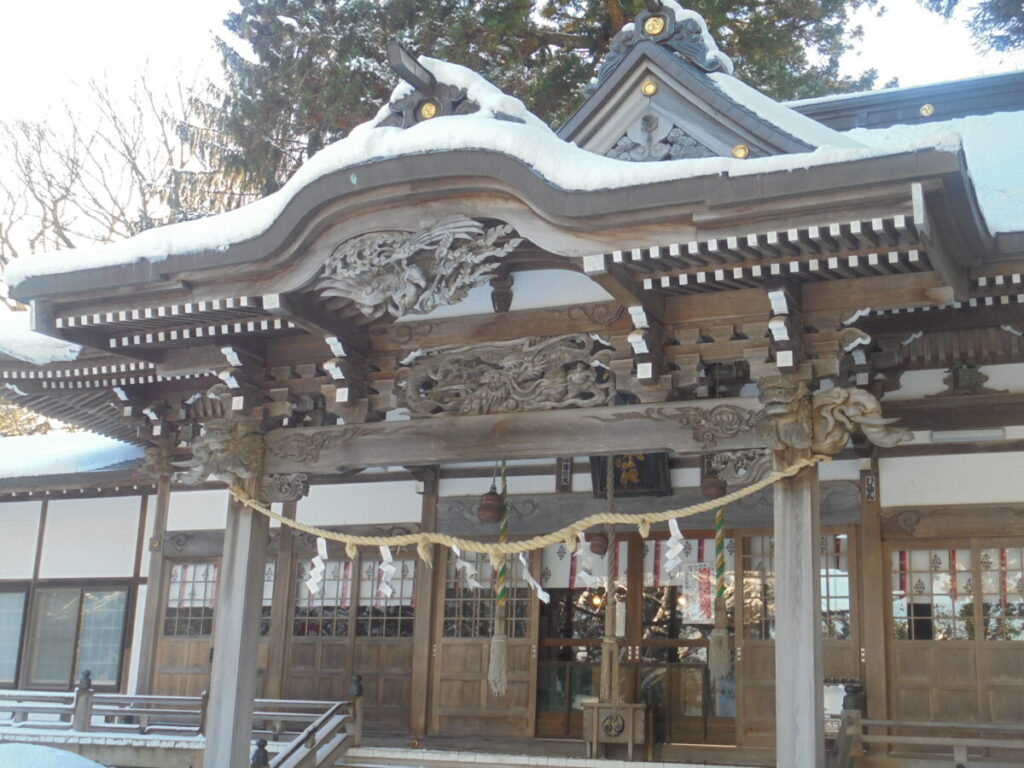
Other Features
